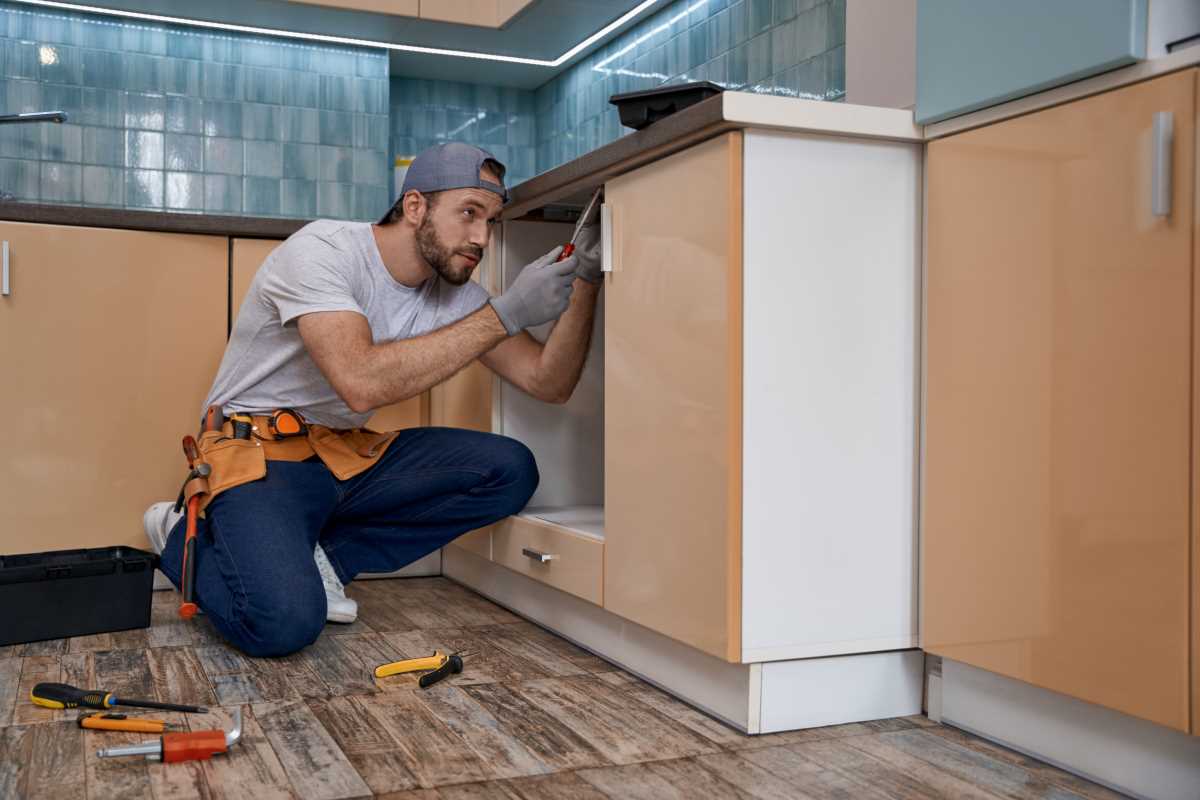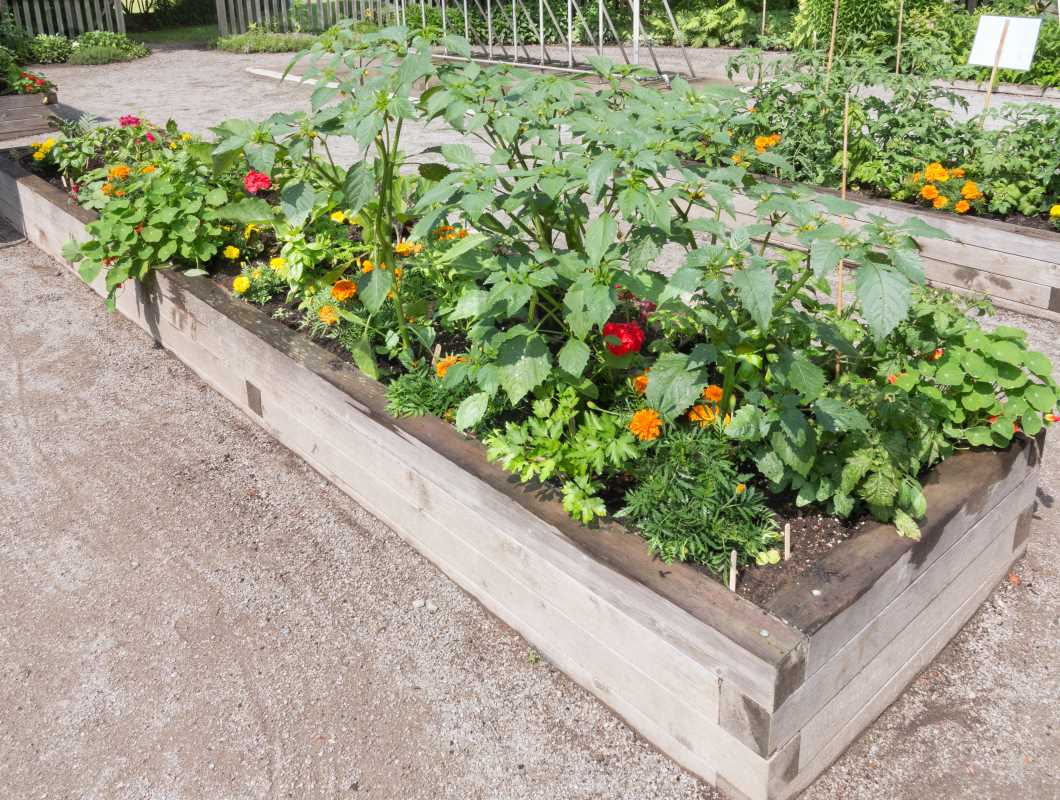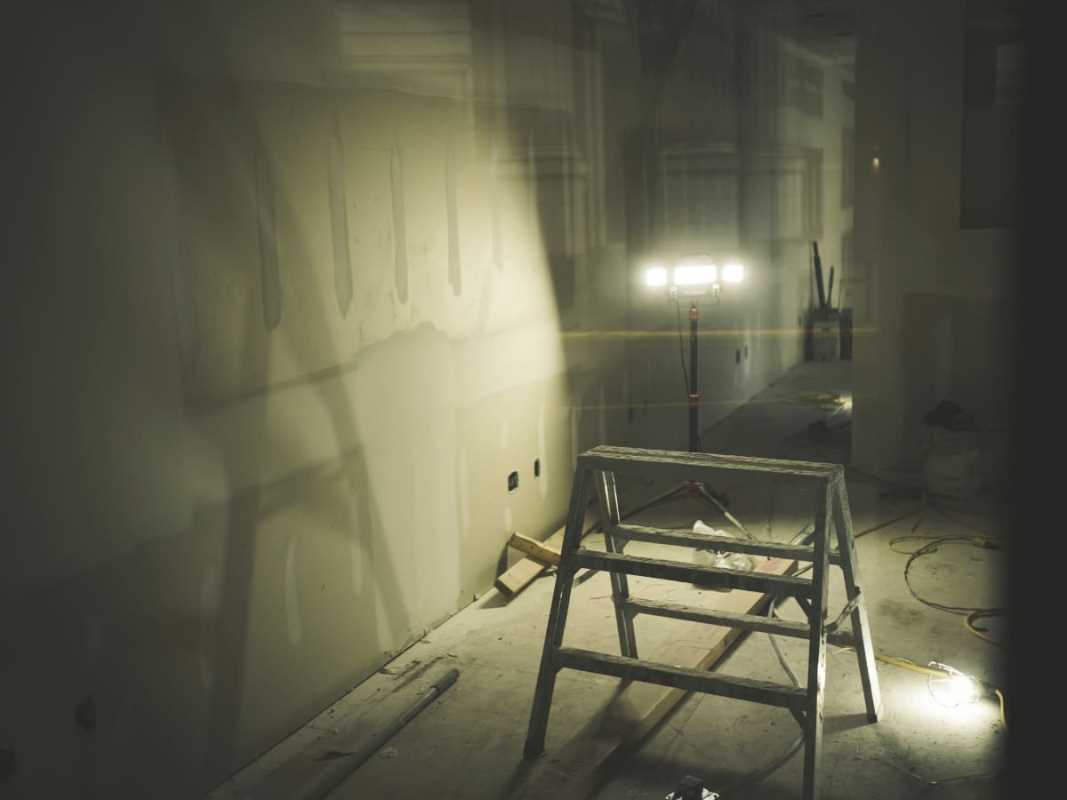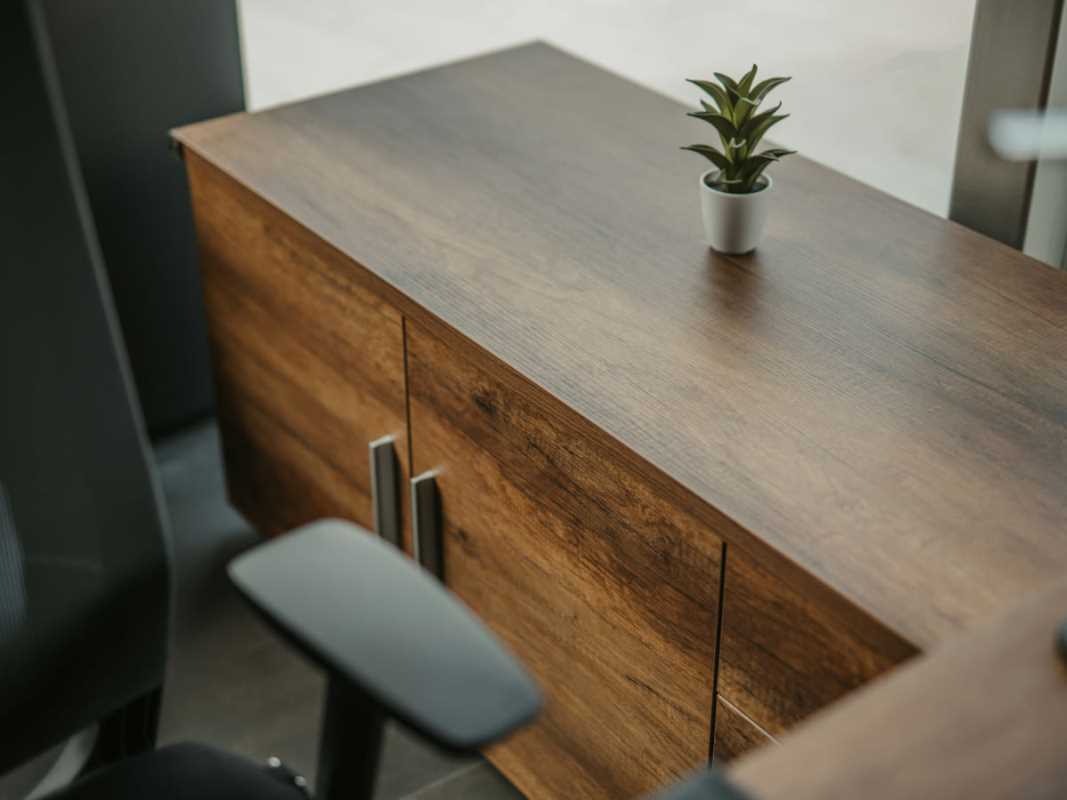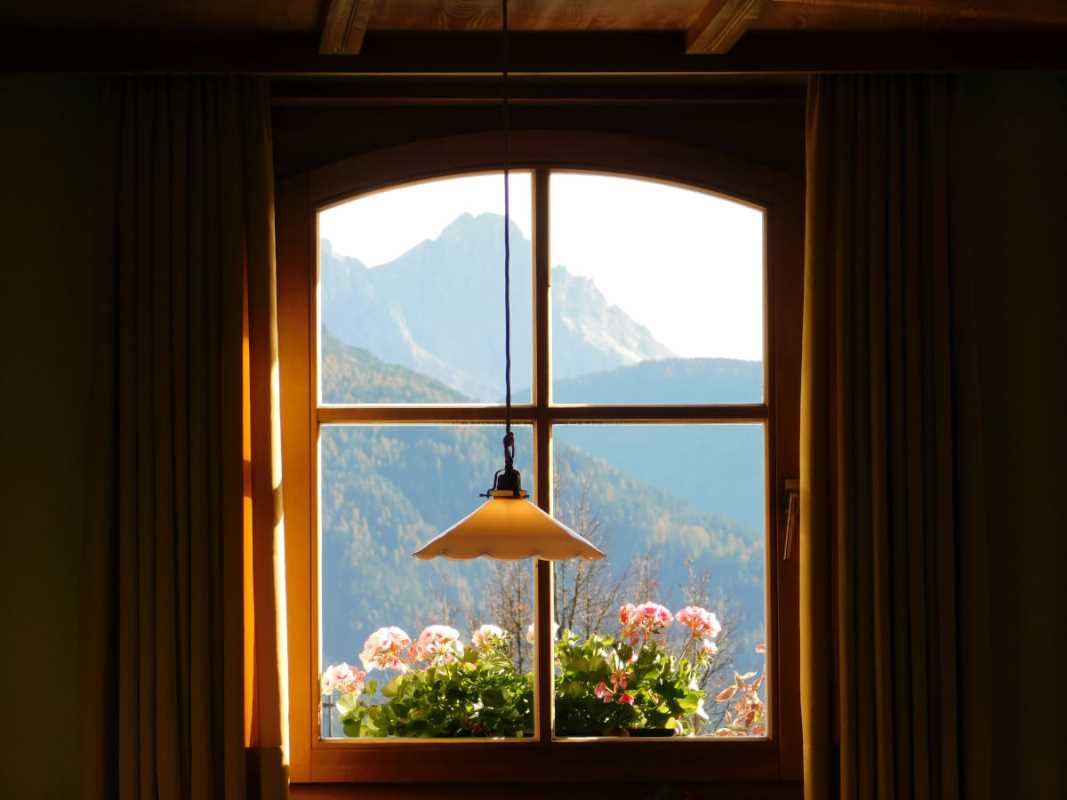There’s nothing quite as unsettling as the orchestra of noisy water pipes echoing through your home. One minute you’re enjoying the peace of your living room, and the next, it sounds like your plumbing is auditioning for a heavy metal band. But don’t worry, you’re not doomed to live with noisy pipes forever.
With some detective work and a few DIY solutions, you can restore harmony to your home. Here’s a practical guide to tackle those intrusive clinks, bangs, and gurgles right at the source.
Tackling The Water Hammer
If your pipes bang like a drum every time you turn off a faucet or appliance, you’re probably dealing with something called water hammer. This happens when water suddenly stops or changes direction, building pressure that rattles your pipes. Sounds dramatic, right? Luckily, the fix isn’t.
The quickest way to address water hammer is to install water hammer arrestors. These are small devices that absorb the shock of water surges, quieting those obnoxious bangs. They’re easy to find at your local hardware store and fairly simple to install if you’re handy with a wrench.
Another option is to drain your plumbing system to clear out air chambers that may have filled with water. Start by turning off your home’s water supply, opening your faucets to drain them completely, and then turning the water back on. It’s like hitting the reset button for your pipes.
Sometimes, securing loose pipes can also do the trick. Check any exposed plumbing and use pipe clamps or straps to hold them firmly in place, reducing rattles and vibrations.
Lastly, reducing water pressure can help. Excessively high water pressure not only contributes to water hammer but can also damage your pipes over time. Consider installing a pressure regulator to maintain a safe level.
Stopping The Whistle and Squeal
If your pipes sound like a tea kettle about to boil over, you’ve got a whistling or squealing issue. Though it might seem harmless, it’s important to address the cause before it worsens.
Whistling often points to restricted water flow. Start by checking your faucets and valves. A partially closed valve can create a narrow opening for water, causing that high-pitched squeal. Open them fully or replace any worn-out washers to eliminate the noise.
Sediment buildup can also cause whistling pipes. Over time, minerals in your water can clog fixtures or pipes, like a cholesterol buildup for your plumbing. Flushing your water heater and cleaning aerators on your faucets can restore proper flow.
If your issue persists, examine your pipes for narrowing due to corrosion. Replace sections that are significantly corroded to improve water flow and quiet your pipes.
Consider upgrading any outdated valves or fixtures. Old gate valves, in particular, are notorious for causing noisy pipes and can be replaced with quieter ball valves for better control and flow.
Finally, reduce water velocity by adjusting your home’s water pressure. High water velocity can increase noise, so keeping water pressure within 40 to 60 psi can prevent those painful squeals.
Dealing With Gurgling Drains
The unsettling gurgle you hear every time you take a shower or drain the sink is more than just an annoyance. It’s a plumbing cry for help, often indicating a venting problem or blockages in your system. The good news? There are simple solutions.
Start by clearing out your P-trap. That’s the U-shaped section of pipe found under your sink. Over time, debris and gunk can build up here, blocking proper drainage and causing gurgling. A thorough cleaning might be all it takes to restore silence.
Vent blockages are another common culprit. Plumbing vents are designed to release sewer gases and equalize pressure. If they’re clogged, air can’t escape, leading to those ominous drain noises. Use a plumbing auger to dislodge debris or hire a professional if the blockage is too high up.
Clogged drainpipes can also contribute to gurgling. Try a plunger, plumber’s snake, or eco-friendly drain cleaner to clear any obstructions. For serious clogs, you might need professional assistance.
Check for improper venting. If your home’s plumbing system wasn’t designed correctly, it could lead to air getting trapped in your pipes. Installing an air admittance valve might solve the problem without extensive reworking of your system.
Finally, prevent future gurgling by being kinder to your drains. Avoid pouring grease or fats down the sink and use drain catchers to keep hair and debris from causing clogs.
Securing Wobbly Pipes
Pipes that shake, rattle, and roll often need a little TLC. Loose or improperly secured pipes are a common source of noise, especially in older homes. Thankfully, quieting them is often a straightforward endeavor.
Inspect exposed pipes for gaps or looseness. Use pipe clamps or cushioned supports to secure them firmly and prevent movement. Adding some foam insulation around the pipes can also reduce clanging and keep things quieter overall.
Expansion and contraction of pipes can create noise as hot water causes them to swell and cold water makes them shrink. Installing insulation, like pipe sleeves, allows for some movement while keeping it quiet.
If you notice pipes banging against walls or floors, use plastic pipe spacers or felt strips as a buffer. This keeps pipes from making direct contact with surfaces and quiets unwanted vibrations.
Consider replacing old metal straps with rubber-lined clamps. These absorb vibrations better and are a simple upgrade for noisy plumbing.
Lastly, check for sagging horizontal pipes. These can create mini waterfalls inside the plumbing, amplifying noise. Use supports to keep them level and eliminate unnecessary splashing sounds.
Keeping Water Heaters and Pressure Regulated
Sometimes, noisy pipes are just a sign that your water heater or pressure system is out of whack. Addressing these systems can often resolve broader noise issues and improve the efficiency of your home’s plumbing.
Start with your water heater. A popping or rumbling sound might mean sediment buildup inside the tank. Flushing your water heater at least once a year helps remove sediment and keeps it running quietly.
If you hear hissing or high-pitched noises, check the temperature setting. Overheating water can create steam and unpleasant sounds. Lowering the thermostat slightly can make a significant difference.
On the pressure side, high water pressure can cause a symphony of issues, from banging pipes to general wear and tear. Installing a pressure regulator or adjusting your current one can keep your plumbing in perfect harmony.
Install thermal expansion tanks if you notice noise when water heats and expands. These tanks absorb extra volume, reducing stress on pipes.
For tankless water heaters, ensure proper venting and descaling regularly. Blocked vents or mineral buildup often lead to noisy operation, so a little routine maintenance goes a long way.
Practical tips to quiet noisy pipes:
- Install water hammer arrestors for sudden banging
- Secure loose pipes with clamps or cushioned supports
- Use foam insulation for noisy hot water expansion
- Keep drains clear with strainers and eco-friendly cleaners
- Flush your water heater regularly to avoid sediment buildup
Bringing Peace Back to Your Plumbing
Noisy water pipes can be frustrating, but they’re usually a warning sign, not a death sentence. Addressing the root cause, from high water pressure to loose fittings, can restore tranquility to your home and prevent bigger issues down the line.
Whether you’re dealing with a banging water hammer, a gurgling drain, or whistling valves, these practical solutions will have you enjoying the sweet sound of silence in no time.
